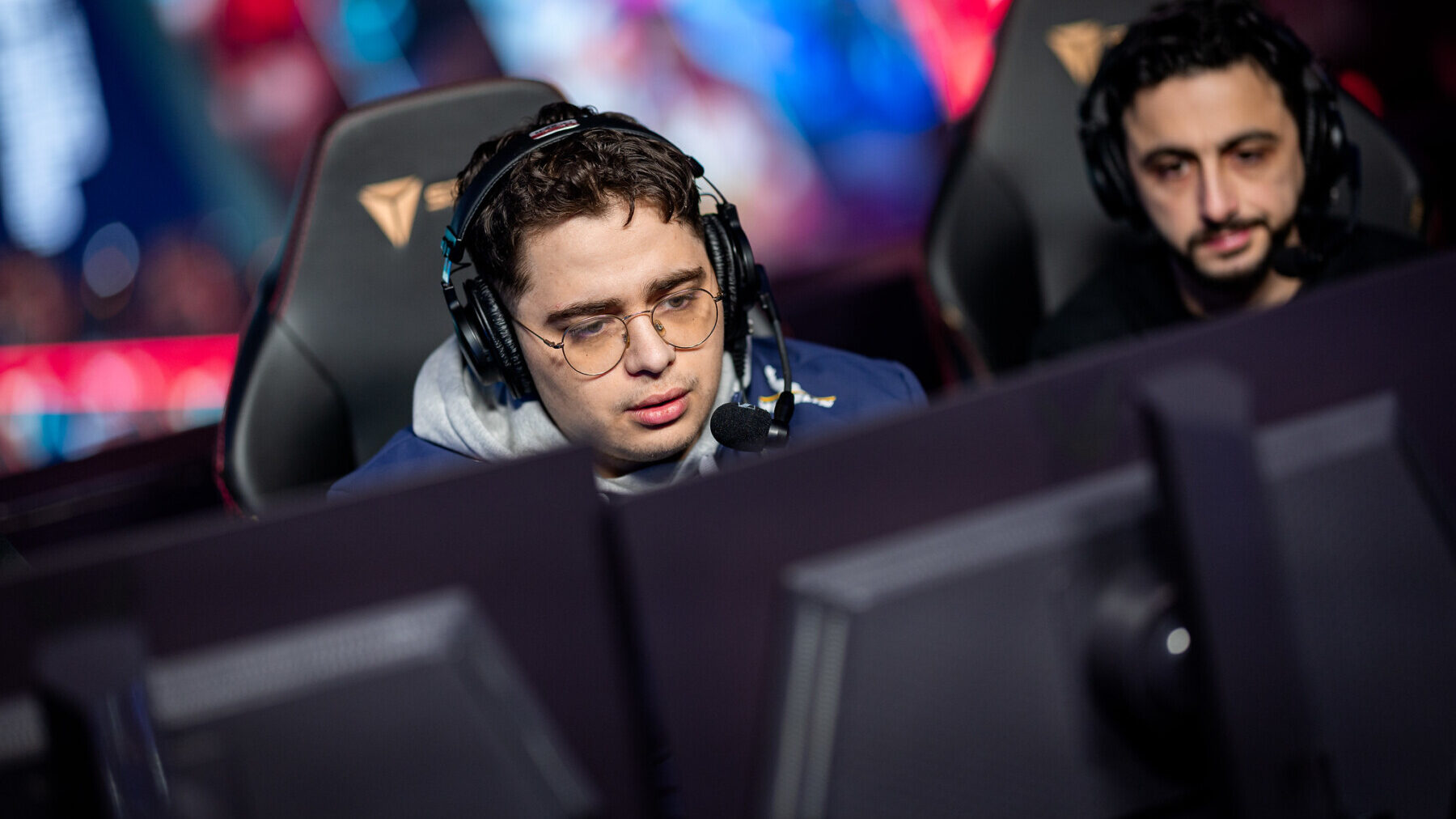
Co-streaming has become a cornerstone of esports viewership in recent years. Initially implemented in 2021 for VALORANT tournaments, its success quickly spread to other game titles, including League of Legends.
The model allowed creators like Marc ‘Caedrel’ Lamont, Nick ‘LS’ De Cesare and many other esports personalities to stream regional leagues and international events to their massive audiences, offering insights and a different viewing experience to traditional broadcasts.
Co-streaming has largely had a positive influence on viewership numbers post-COVID. However, a recent YouTube video by esports organisation Team Liquid saw its League of Legends head coach Jake ‘Spawn’ Tiberi spark a conversation by criticising co-streaming as detrimental to the scene.
Is co-streaming negatively impacting the League of Legends esports ecosystem? Let’s break down the main positives and negatives of this tournament streaming staple.
Co-Streaming in League of Legends Esports
Co-streaming is when a tournament organiser grants certain personalities, usually streamers or content creators, the permission to stream an event on their own channels. To put it simply, it’s a virtual watch party, where the streamer directly engages with their community and comments on League of Legends matches throughout the tournament.
Riot Games has been extending its list of co-streamers year by year, adding different language speakers to further expand its audience. The LCS was the first league to implement it, with FlyQuest being the first team to co-stream its games in Spanish back in 2021.
In the LEC, co-streaming rights were given in 2023. Aside from influencers, teams like KOI and Team Heretics were granted the rights, with other organisations such as G2, Karmine Corp, and Rogue following suit.
Due to added insights and the ability of influencers to commentate on the game, co-streams often feel more in-depth and offer a more personal vibe compared to official broadcasts.
Team Liquid’s head coach Spawn, however, debated that co-streaming is hurting the League of Legends scene as a whole, especially from a financial perspective. Given the burst of the esports bubble post-COVID and decreasing investments in the space, the financial ecosystem in League of Legends is fragile — and co-streaming shifts influence away from Riot.
Caedrel and his view on the current co-streaming model
As one of the most influential voices in the co-streaming space is former pro player turned streamer, Caedrel. Previously, he has given his thoughts on the current model, stating that “it isn’t perfect — but it’s powerful.”
Many fans in the League of Legends community have stated that co-streaming is one of the reasons why they watch games live. Moreover, co-streaming coincides with the growing trend of ‘react culture’. “Caedrel reignited the spark,” said a user on Reddit when commenting on Spawn’s take.

While Caedrel thinks co-streaming is a positive addition, he didn’t ignore the issue that TL’s head coach mentioned: money. Monetising tournaments, such as securing lucrative partnerships, has always been difficult. This challenge is being made harder since viewers are split across several platforms and content creators.
There’s also the risk that co-streamers may eventually choose not to want to be involved in League of Legends esports. From Spawn’s perspective, if Riot wanted to maintain those personalities, they would need to be hired as talents on the broadcast team. That said, this would inevitably create more costs for the company and an added burden that the company is not willing to take on.
Heavily impacted by the industry’s economic trend, Riot has reduced its pool of talent in the past years. For example, the LPL English broadcast was removed starting this year. From a company’s perspective, co-streaming ended up being a solution to make up for the loss of talent while retaining higher viewership and overall engagement.
What Would Be A Better Path Forward?
To address the issue, Caedrel offered a potential solution: rather than treating co-streaming and the official broadcast as mutually exclusive, Riot could build a model that allows streamers to design and sell in-game items.
This alternative could benefit both Riot and the streamers while also creating a new revenue stream that incentivises the latter and aligns with the company’s goals. Paired with better integration between broadcast talents and influencers, it can also open up new opportunities that ultimately bring the community together.
There are positives and negatives from each side when it comes to the co-streaming debate. However, the main issue is that without co-streaming, viewership numbers would be far worse off, which ultimately hurts Riot’s ability to find brands and generate revenue.
“I think he’s [Spawn] underestimating the fact that a lot of people who watch the costreams wouldn’t watch the main broadcast,” a fan on Reddit pointed out.
The situation is tricky, with Riot currently finding itself at a crossroads. The company wishes to have a centralised broadcast to have more control over its quality and make sure that it can generate more revenue from the streamed tournament. Buton the other hand, it needs co-streamers to keep the product alive and reach more viewers, allowing it to grow.
Will Riot control the narrative, or will it let your audience shape it? The answer will likely decide the future of esports in the next half-decade.
